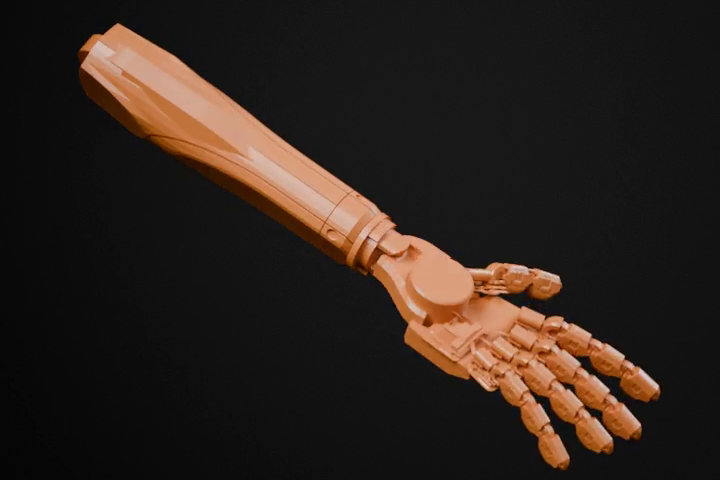There week is more tell than show, since most of it was spent on research and documentation and following courses. To keep things short, here’s a list of what I’ve done last week:
- read about optimization, world streaming, texture streaming, baked lighting, lumen, baked lighting, and a little bit about optimization.
- Decided to switch from lumen to the classic pre-baked lighting and reflection probes for Medium and low graphics settings, and only use Lumen for the high and/or ultra graphics settings. I did not set up lightmap settings properly, but visually it can look similar enough, just not dynamic, and with the classic reflection probes and SSR visual issues. The game Stray (as is the case with nearly all modern games that do not use raytraced GI) use this technique.
In terms of performance, my test scenes went from 20 with Lumen to 60-65 on a laptop with Intel Iris XE integrated graphics. On my workstation (RTX 2070 Super) t went from 95 to 250. A friend of mine tested it and FPS increased from 30 to 70 on her Ryzen 5xxx and Radeon graphics powered laptop.
It’s more work for me than just using Lumen for everything, but I am aiming for at least 1080p30 with medium settings for laptops with a GTX1060, and 720p30 on a steamdeck and similar hand-held devices, but at the same time I want the game to look good and leverage all the graphics capabilities of modern hardware, so I’m aiming for 1080p60 on my RTX2070 Super. It’s too early to tell though, so graphics targets might change by the end. - Only art thing is sketch of hand
- I started following the course Environment Art Mastery by Thiago Klafke, I’m in the 4th chapter so far and things are getting more interesting. I definitely recommend the course for anyone interested, because it talks about the reasoning and philosophy behind all steps of the workflow, including ideation, blockout, discipline and such. So even if you know the techniques, there are always things you learn from it. I recommend watching videos focusing on individual steps (how to unwrap, how to make a lowpoly model…etc) in addition to what’s provided in the course, for anything you do not fully understand. Environment art is a complex topic and one course can’t cover everything.
- I wrote some more story and events for the game, as well as NPC dialogue and personality, and some important cutscenes.
- I designed (in paper, not implemented yet) a dialogue system, to handle NPC dialogue, progression, states, affecting other NPCs…etc in a way that makes it simple for me to create and adjust lines of dialogue and events. Once I program an interpreted that understands the data structure, I will only need Excel or Google Sheets to create and edit 99% of the game events, dialogue, item descriptions, story progression, save states…etc.
- I made a decent glass shader for unreal. I’m not 100% happy with it, but it works for now
- Concept and reference gathering for the environment, and read a little bit about the traditional architecture, traditions, symbolism, daily life and activities, beliefs and more.
And finally have a sketch of a robotic hand. I’m just making sure the motion range is good before I detail it more. I need more research about robotic joints and hydraulic systems, because I want it to make sense mechanically.

